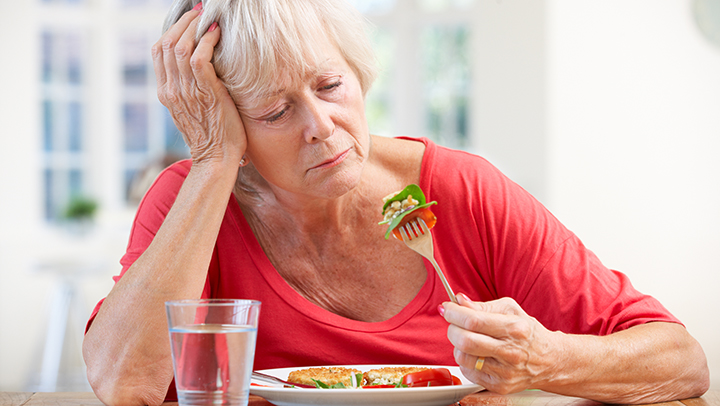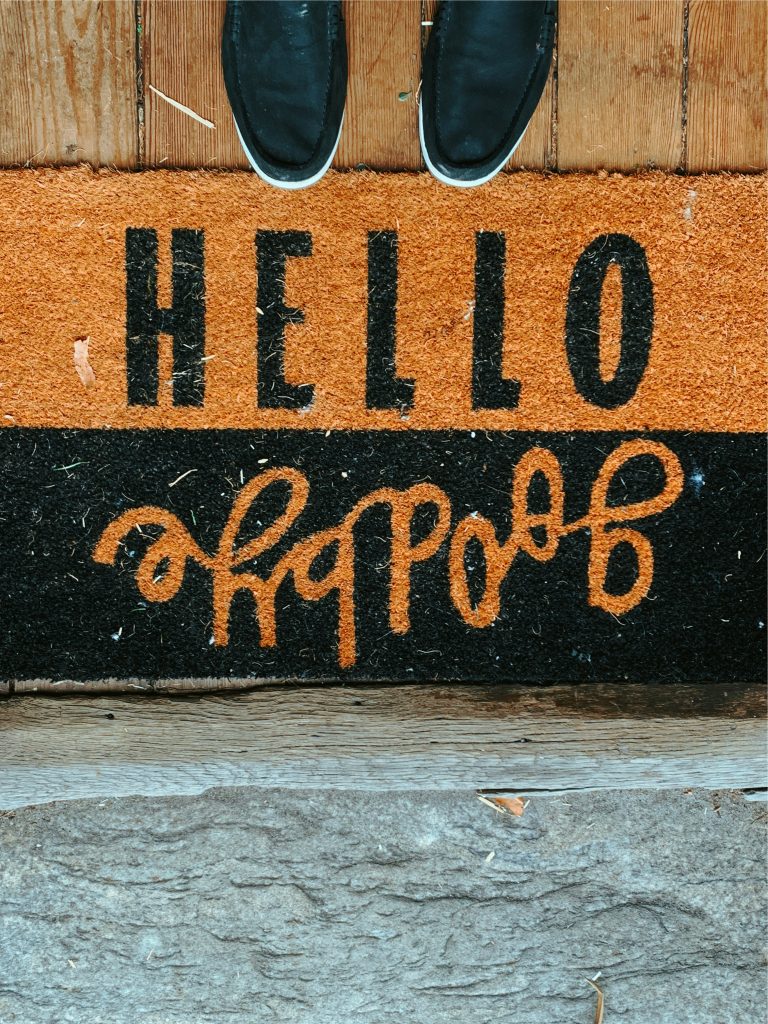I love my cat, but until now, I hadn’t thought of her as a way to stay healthy. In fact, when I first brought Velvet—a small, feisty black kitty—home, I thought of her as a dog substitute. My beloved dog had died. I longed for another, but cats don’t need to be walked several times a day in all kinds of weather. I was in my 80s, and that was appealing.
Since then, I’ve learned that cats come with health benefits that are important for older people.
Cat owners are less likely to have minor health problems, like headaches—and major ones, like heart disease and heart attacks. No one knows why, and these findings are somewhat controversial, but scientists do know that stroking a cat can lower your heart rate and blood pressure. It releases the hormone oxytocin, which—among other things–relieves stress and anxiety.
I’m pretty sure that when I’m stroking Velvet, I’m doing good things for her blood pressure and stress level, too.
Cats provide companionship, which can make a big difference to older people who are lonely or depressed. I live alone and don’t feel at all lonely, and I give Velvet much of the credit. She’s good company, whether she’s greeting me at the door or looking up at me with her big green eyes, meowing to let me know she’s hungry.
A cat can provide you with a sense of purpose, a reason to get up in the morning. You’re needed—to feed the cat, clean the litter box and take her to the vet from time to time. A neighbor of mine has a sign on her door that reads, “The cat and her staff live here.” But that’s not how it is. Once my adult children moved out, I was left with unused nurturing skills and a need to be needed. I suspect other people have that too.
A cat can be an antidote to insomnia. Researchers report that many people sleep better when sharing their bed with a pet than they do when sharing it with a partner. Velvet doesn’t snore, unlike my husband and my dog, who used to do duets. Occasionally, she chooses not to spend the night with me, and I don’t sleep as well.
Older people who have pets get more exercise. When health websites roll out this fact, they generally have dogs in mind, but it’s even true for some cats. Occasionally, Velvet escapes into the hallway outside our apartment and darts away, expecting me to chase her. There’s no way I can catch her, but I pad along in her wake, and she stays just far enough ahead to keep me motivated. When she’s finally tired, she lies down in the middle of the hall and waits for me to pick her up and carry her home. This is good exercise for both of us.
A mischievous cat can make you laugh, and that’s possibly the biggest health benefit of all. I can’t help laughing when I have trouble tying my shoes because Velvet keeps grabbing the laces, or when she stretches out on the floor and rolls over multiple times, watching me to make sure I’m watching her. This is how she apologizes for any trouble she’s caused. I’m supposed to applaud and forgive her. I can’t imagine where she learned to do that.
Sometimes it’s the situation the cat gets you into that provides the laugh. Velvet once pulled the emergency cord in my apartment twice in one week. Each time, one of my community’s EMTs arrived promptly to make sure I was okay.
I could tell these trained medical professionals were getting tired of false alarms when, a day or so later, I accidentally pulled the cord myself while taping it to the wall.
“I’ve come to arrest your cat,” said the uniformed man who turned up. There was a twinkle in his eye.
I showed him the duct-taped cord and assured him it would never be pulled again. He sized up Velvet and shook his head.
“Coffee and doughnuts next time,” he said as he went out the door.
Sharing a household with a cat can also have a downside.
- Cats are picky eaters. I have a stack of canned cat entrees she once loved—until suddenly she didn’t.
- If you work from home, as I do, you’ll find it’s hard to bang away on a keyboard with a cat in your lap who expects to be petted.
- During spring and fall, Velvet sheds enough fur to roll up into a kitten.
- If you go away for a while—on vacation or to the hospital—you have to line up somebody to feed the cat.
- Some people are allergic to cats. No breed is totally nonallergenic, but some are much less likely to set off symptoms.
- Cats can be more dangerous than throw rugs—they’re so often underfoot. But if Velvet trips me someday, it will all still have been worth it for the pleasure of her company.
There are a few things to consider if you’re choosing a cat at an animal shelter. Kittens are adorable, but they have endless energy and need a lot of attention. If you take home an older cat, you could be saving a life. Shelters have a hard time finding homes for them. Eighty-two percent of kittens are adopted, compared to just 60 percent of cats older than 18 months. And black cats are especially hard to place because of superstitions.
American Humane, an animal welfare organization, suggests that older adults ask for a calm adult cat with minimal medical needs.
Some animal rescues and shelters have Seniors for Seniors programs that reduce or waive adoption fees for older people who choose older pets. Usually, the adopting humans must be in their 60s or older, and the cats must be at least 6 or 8—which is not very old for a feline. The average indoor cat lives to be 16, and I’ve known more than one kitty who was still going strong at 21.
A New Jersey nonprofit called Grateful Paws not only arranges for aspiring cat owners who are 60 or older to take home an older cat with no adoption fee, but if they’re on government assistance, Grateful Paws will also pay for the cat’s medical care and, if necessary, for its food and litter. All the new owner has to do, the program says, is love the cat and get it to its medical appointments.
I paid full price for Velvet, and it’s been well worth it. She’s been keeping me healthy for nine years now, and she’s the joy of my life.

Flora Davis has written scores of magazine articles and is the author of five nonfiction books, including the award-winning Moving the Mountain: The Women’s Movement in America Since 1960 (1991, 1999). She currently lives in a retirement community and continues to work as a writer.



